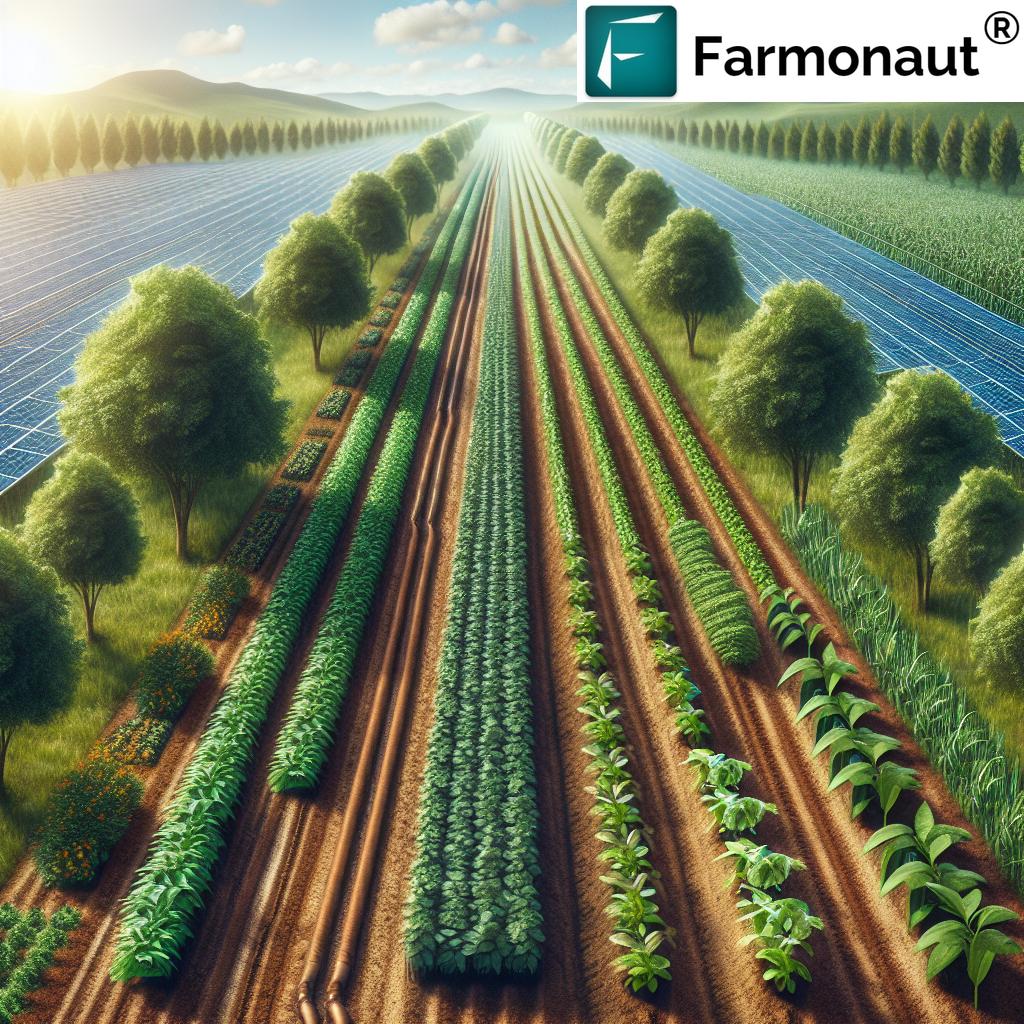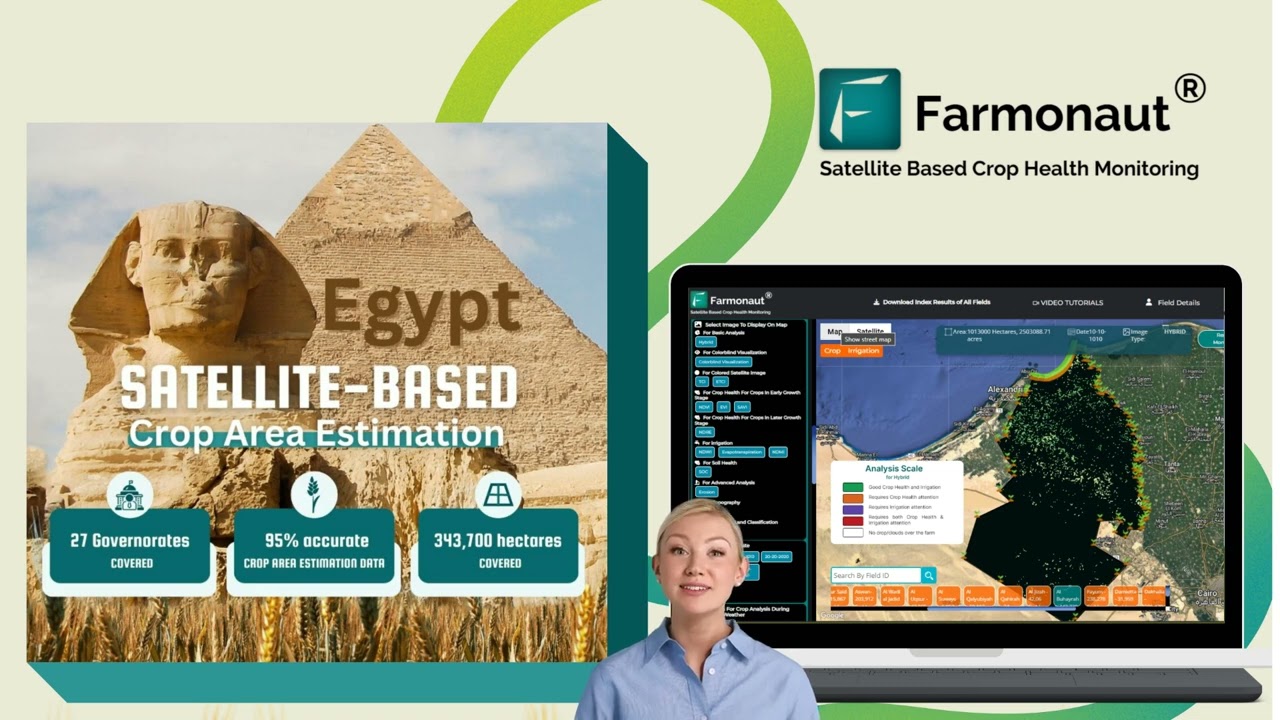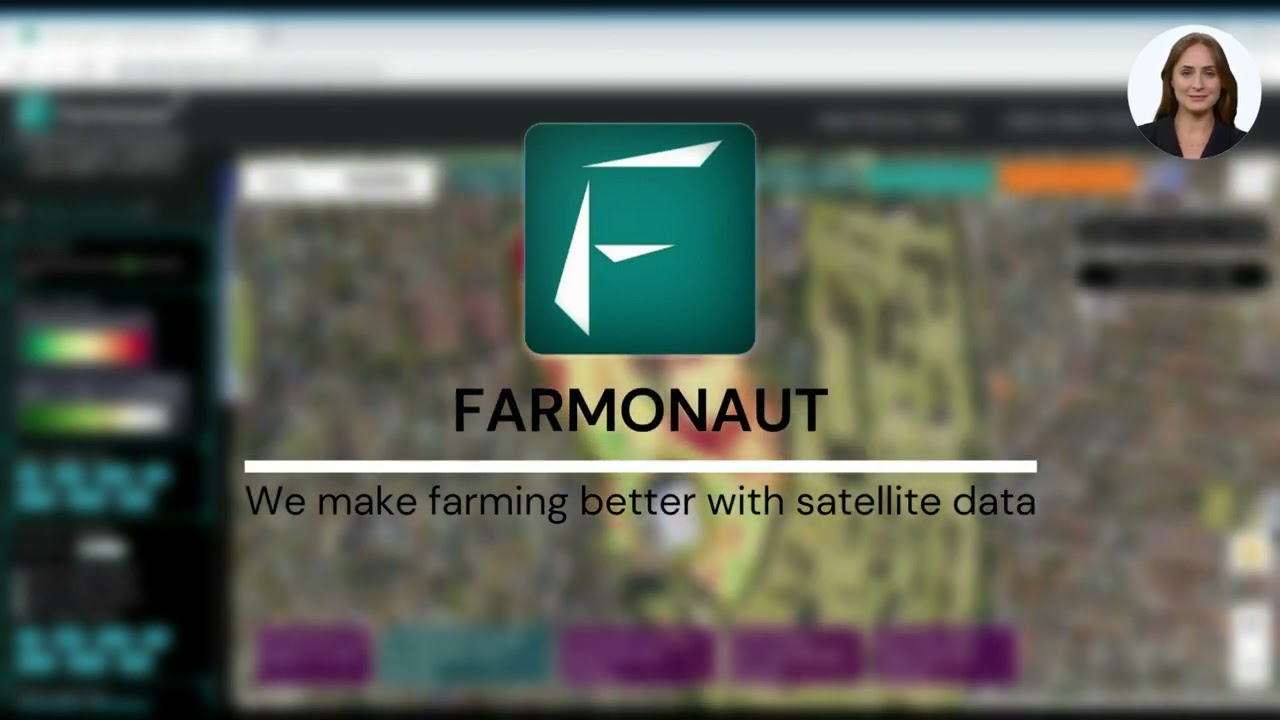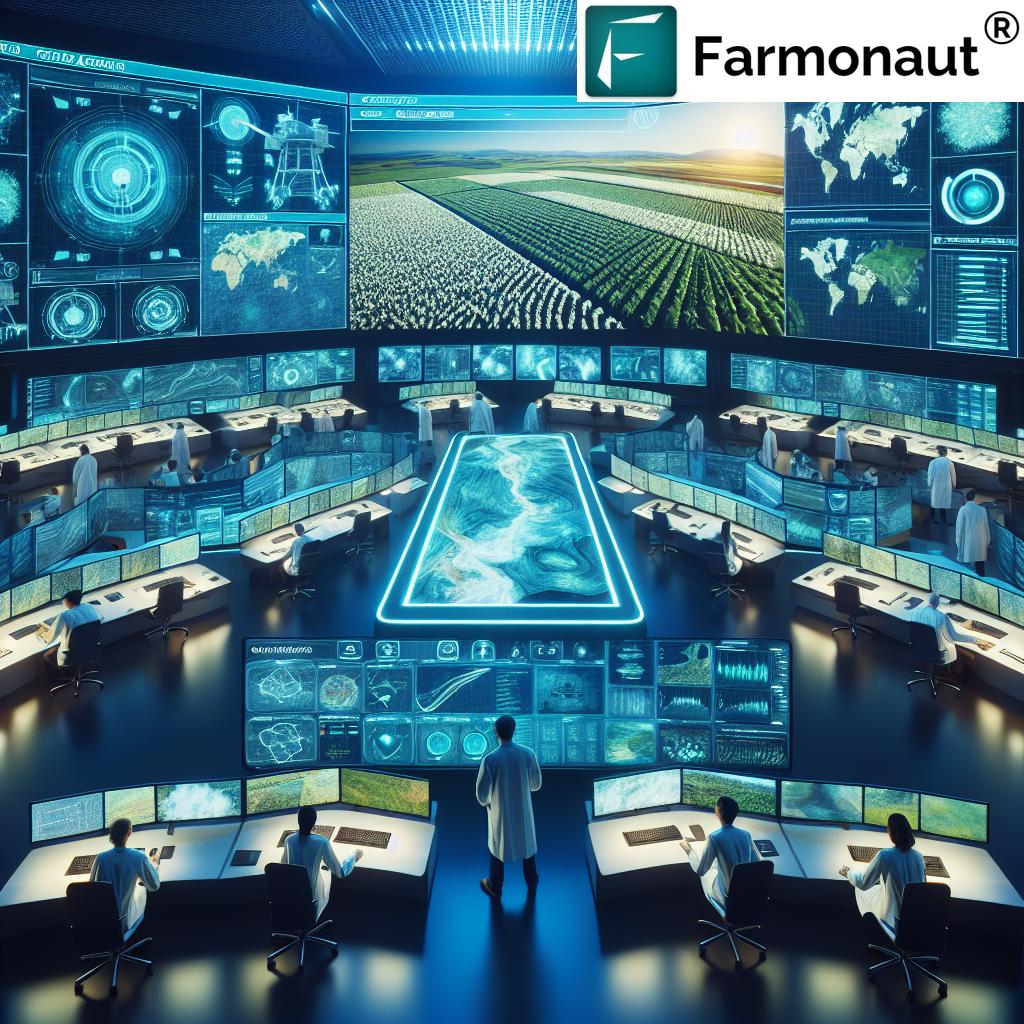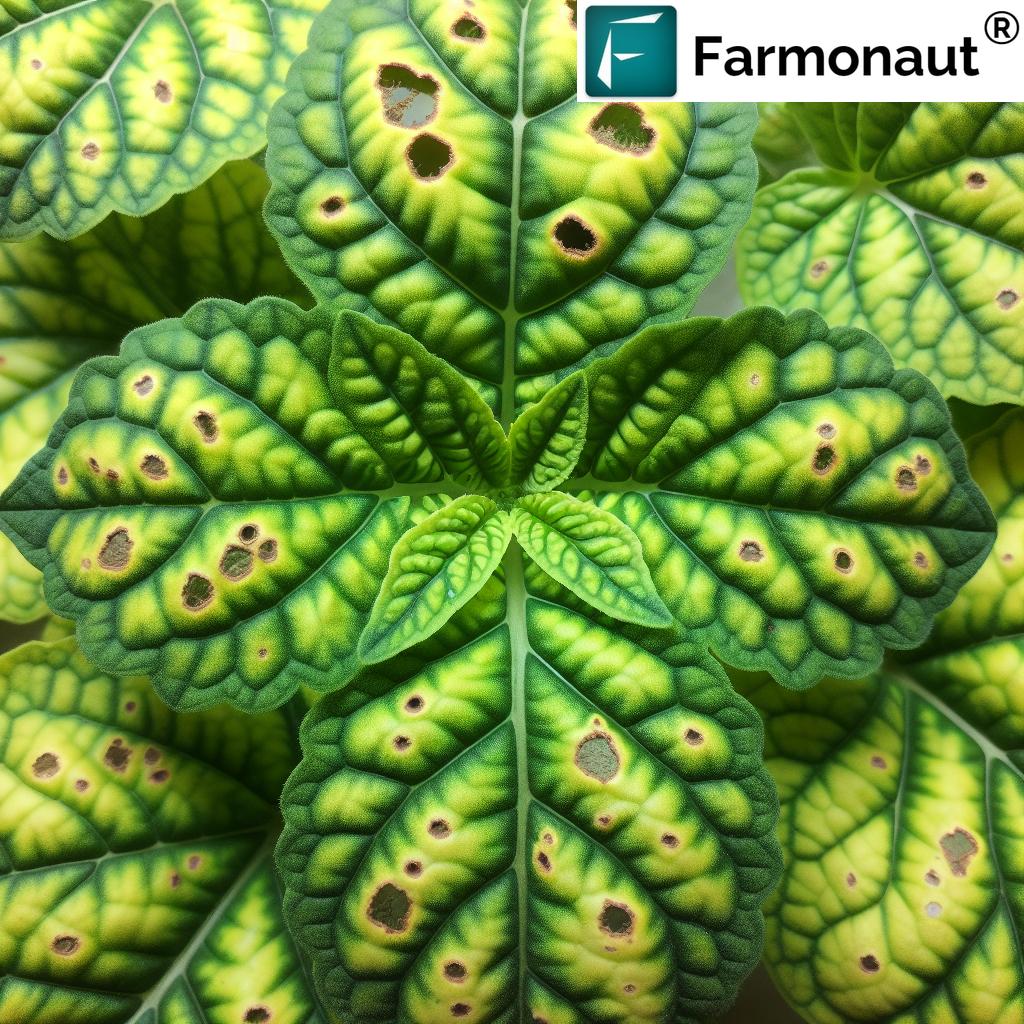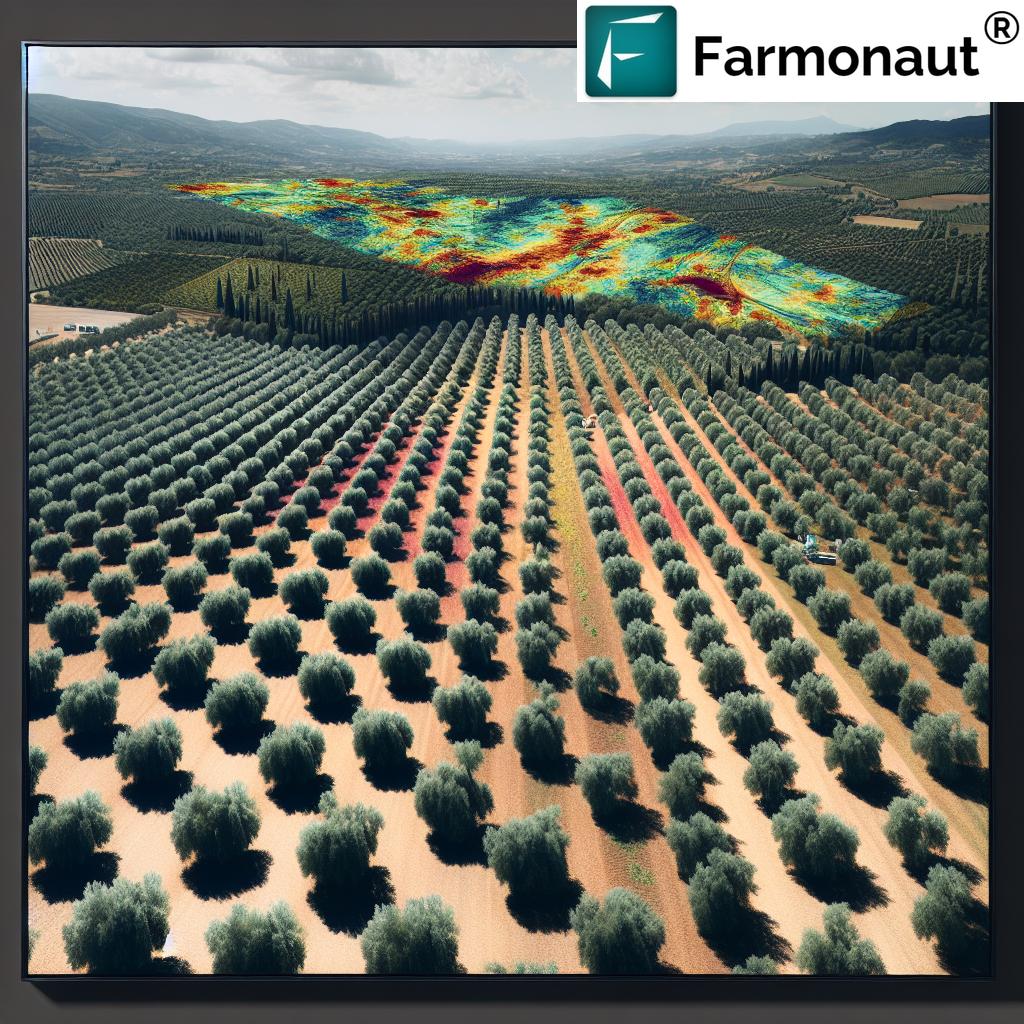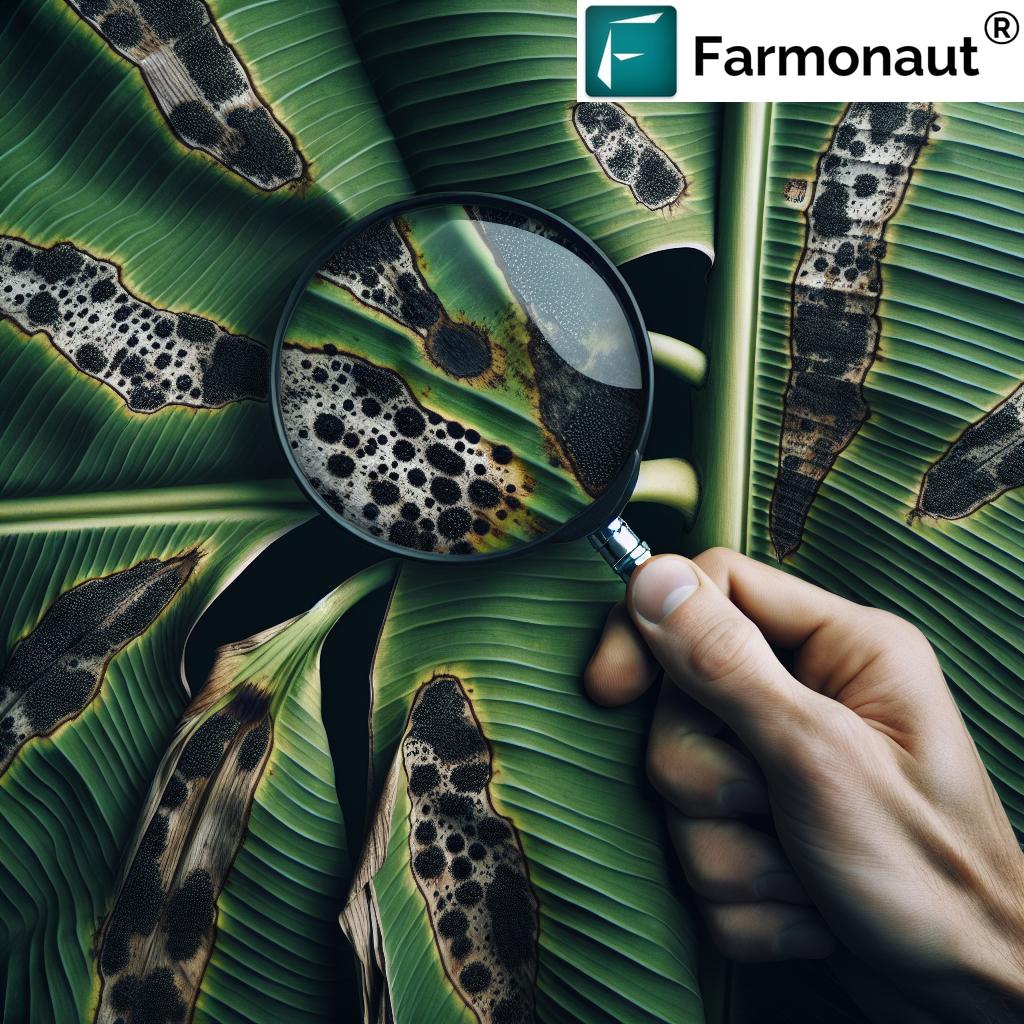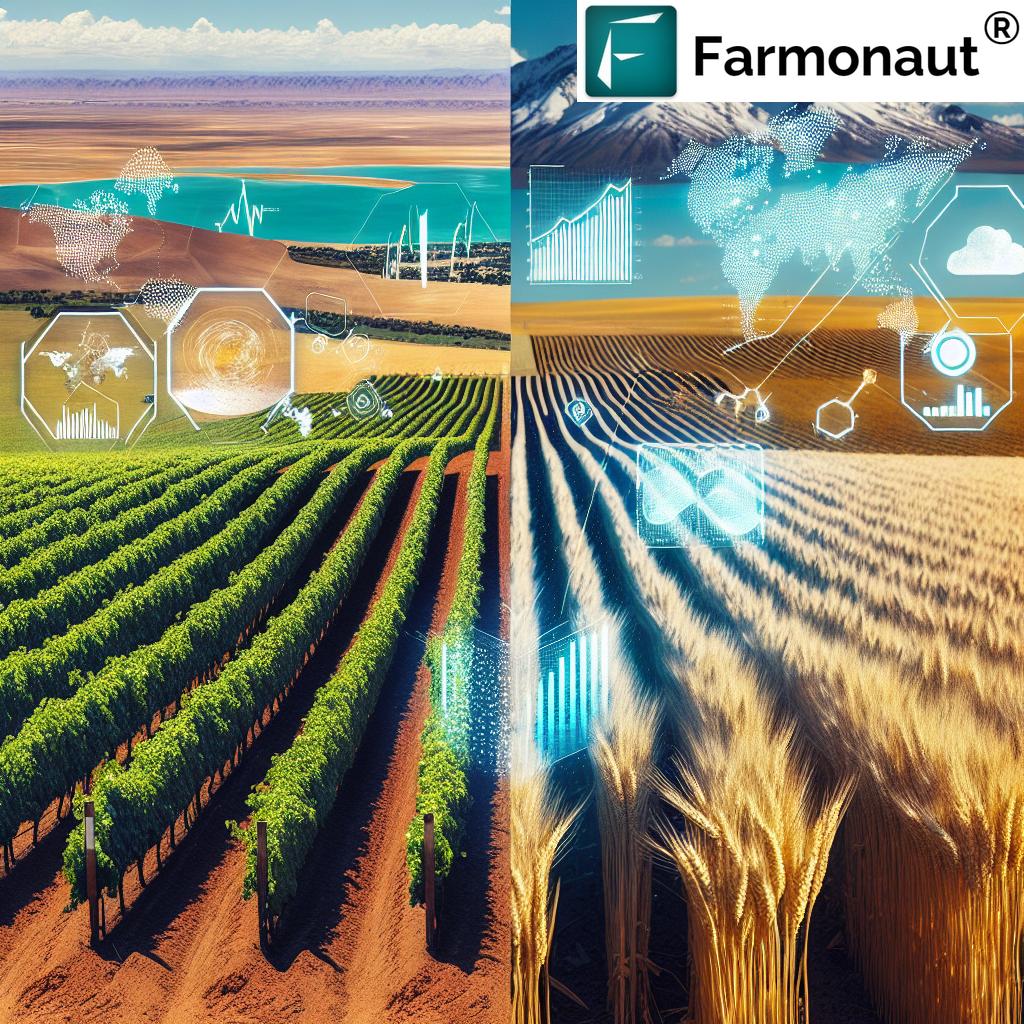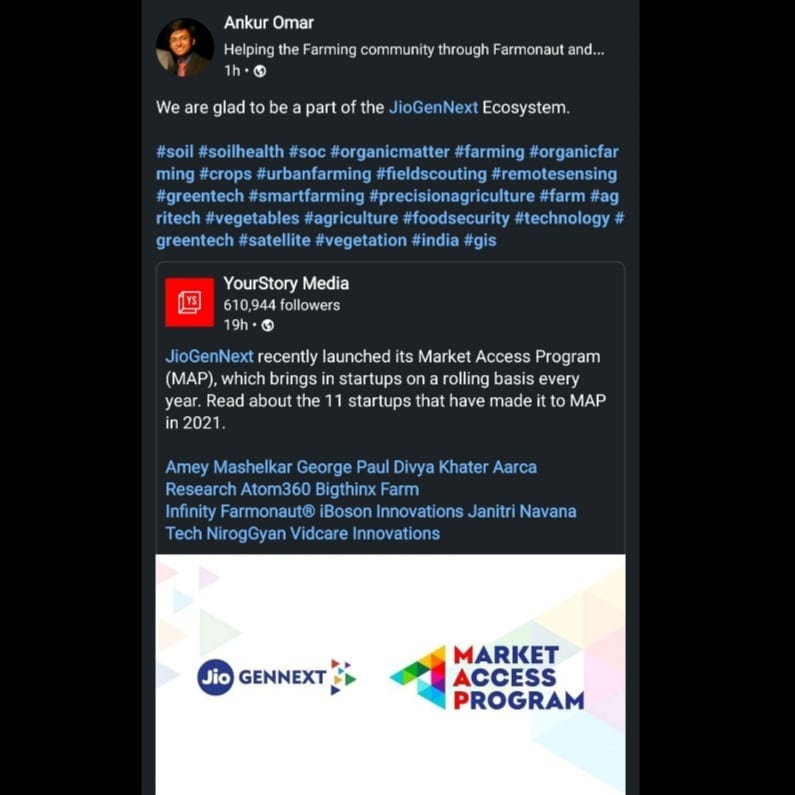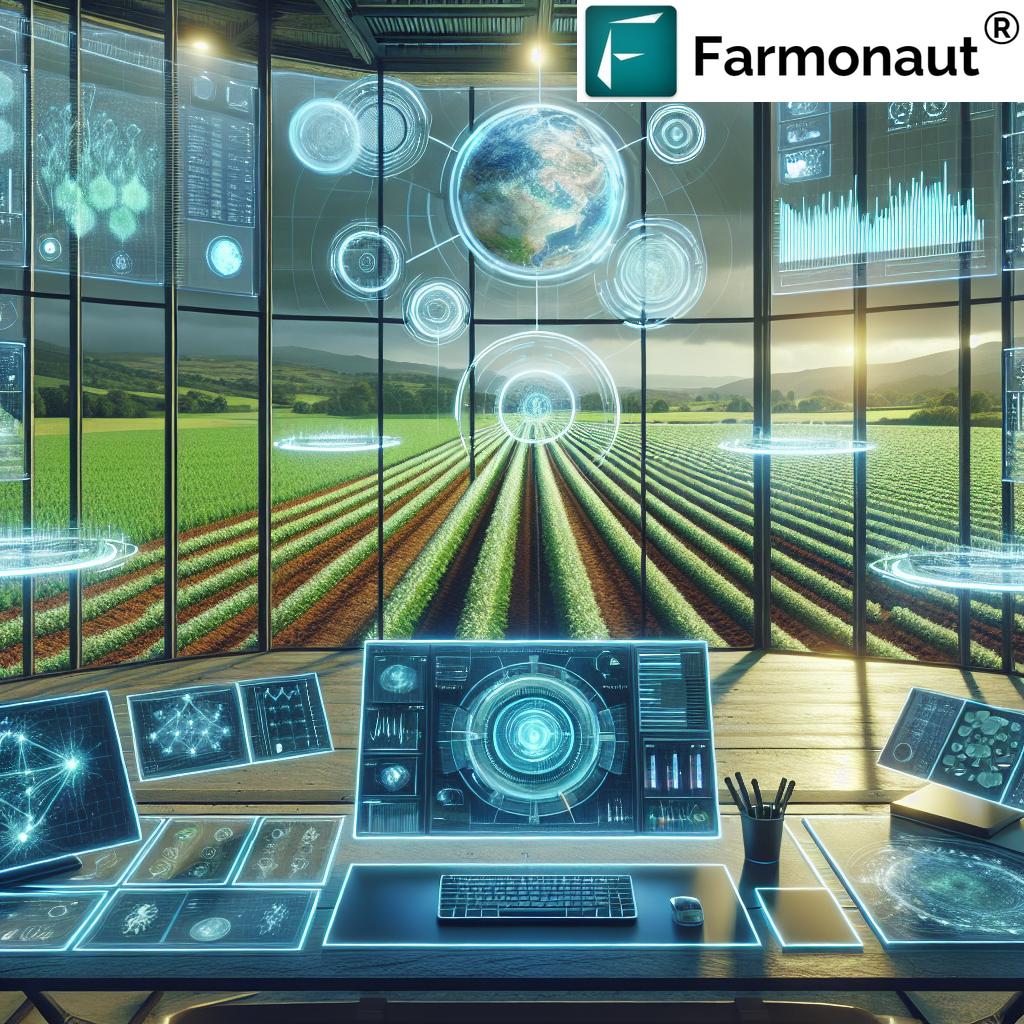What Is Innovative Farming? 10 Secrets Farmers Use
“Precision agriculture can reduce fertilizer use by up to 30%, significantly lowering environmental impact and resource waste.”
As the world faces mounting agricultural and environmental challenges, innovative farming has emerged as a beacon of hope for a sustainable future. Innovative farming refers to the application of cutting-edge technologies, data-driven methods, and sustainable agricultural practices that aim to boost crop yields, conserve vital resources, and protect our environment. Our food systems must evolve rapidly to keep pace with increasing population, climate change, and resource depletion. Embracing these forward-thinking techniques ensures not only higher productivity but also greater resilience, improved quality of our food, and preservation of our planet for generations to come.
In this comprehensive guide, we unveil 10 secrets behind the success of modern farmers who leverage precision agriculture technology, vertical farming systems, and a myriad of sustainable agriculture methods. We will explore how innovation is transforming the way we cultivate crops, manage livestock, utilize water, and ensure transparency in the agricultural supply chain. Along the way, you’ll discover how companies like Farmonaut are revolutionizing access to satellite-based crop monitoring and real-time data-driven decision making.
Ready to unlock the secrets behind innovative farming practices? Let’s dig deeper into the techniques and technologies shaping the farms of today and tomorrow.
1. Precision Agriculture: The Key to Modern Farming
Precision agriculture technology stands at the forefront of innovative farming practices. By integrating advanced tools such as GPS, remote sensing, data analytics, and digital mapping, we can closely monitor field variability and optimize our resource use—vital for enhancing both yields and sustainability.
- Satellite-based monitoring: Using platforms like Farmonaut, farmers gain real-time crop health data, monitor soil moisture, and detect pest outbreaks early.
- Variable rate application: Fertilizers, pesticides, and water are applied precisely where and when they are needed, reducing waste and environmental impact.
- Yield mapping: By tracking crop yields via harvesting machinery, we can analyze data over multiple seasons, adjust cultivation methods, and further optimize input usage.
- AI-driven insights: Artificial intelligence—like Farmonaut’s Jeevn AI—advises on irrigation, nutrient use, and pest control, boosting productivity and resource efficiency.
Precision agriculture benefits both large and small-scale farmers, making it accessible and affordable while delivering concrete savings in water, fertilizer, and energy use. It not only maximizes the efficient use of land and resources but vastly improves food production quality.
Want to access real-time crop monitoring powered by satellites and AI? Explore Farmonaut’s Enterprise Farm Management Solutions to transform your farm with actionable data and integrated advisory tools.
2. Vertical Farming Systems for Sustainable Urban Food Production
Vertical farming has redefined the possibilities of food cultivation by stacking crops in vertically arranged layers, often in indoor controlled environments. This innovative system maximizes space utilization and is particularly valuable in urban areas where arable land is limited.
- Year-round production: Controlled temperature, humidity, and lighting systems enable continuous plant growth, independent of external weather conditions.
- Integration with hydroponics and aeroponics: Water-efficient systems that allow nutrient delivery without soil (details below).
- Significantly reduced land usage: Farms can be built upwards in cities, on rooftops, or in repurposed warehouses.
- Resource conservation: Vertical farming systems use up to 90% less water than traditional farming, with virtually no runoff or nutrient waste.
As cities expand, vertical farming emerges as a cornerstone among innovative urban agriculture solutions, bringing fresh food closer to consumers and helping to sever longstanding links between food production and environmental degradation.
3. Hydroponics and Aquaponics: Water-Efficient Cultivation
Hydroponics and aquaponics exemplify innovative farming practices that greatly conserve water and optimize nutrient delivery to plants. In hydroponic systems, plants are cultivated in soilless solutions enriched with all necessary nutrients, providing accelerated root uptake and consistent growth across crops.
- Water conservation: Hydroponic systems use up to 90% less water than soil-based agriculture, and the water is recycled within the system.
- Precise nutrient control: We can tailor nutrient concentrations to each crop’s stage, ensuring minimal waste and optimal growth.
- Higher yields and faster cycles: Plants mature faster, allowing more harvests per year compared to traditional systems.
Aquaponics combines fish farming with hydroponics: Fish produce nutrient-rich waste, which fertilizes the plants. The plants, in turn, filter and improve water quality for the fish—a closed-loop system that exemplifies sustainable agriculture methods.
- Efficient resource cycling: Waste is minimized, and both food and protein are produced from a single integrated system.
- Low chemical input: The health of both fish and plants depends on a balanced, toxin-free environment—reducing the need for pesticides or synthetic fertilizers.
- Ideal for urban or peri-urban regions: These compact systems require little space and can thrive in controlled environments year-round.
Hydroponic farmers: Track plant health and resource usage through Farmonaut’s Real-Time Satellite & AI Platform—now accessible via web, Android, and iOS apps. API access enables integration into your own smart farming systems.
4. Agroforestry Benefits for Climate Resilience and Soil Health
Agroforestry involves integrating trees and shrubs with crops or livestock. This ecosystem-based innovation enhances soil fertility, biodiversity, and overall resilience to climate change. By introducing diverse plant species into agricultural landscapes, we harness multiple agroforestry benefits:
- Soil fertility: Leaf litter from trees enriches the soil with organic matter and nutrients, reducing the need for chemical fertilizers.
- Climate resilience: Trees act as windbreaks, lower soil temperatures, and reduce erosion, making farms less vulnerable to extreme weather events.
- Biodiversity enhancement: Trees provide habitats for beneficial organisms and pollinators, boosting ecological balance.
- Income diversification: Farmers can harvest fruits, nuts, timber, and medicinal plants without sacrificing staple crop production.
As we strive for more sustainable models, agroforestry demonstrates how integrating nature into production landscapes improves long-term yields, system stability, and environmental health.
Interested in optimizing large-scale plantations or forest advisory? Farmonaut offers advanced monitoring for crops and forest areas, enabling data-driven decision making across regions.
5. Controlled Environment Agriculture (CEA)
Controlled environment agriculture (CEA) encompasses greenhouses, indoor farms, and other enclosed systems that let us precisely regulate temperature, humidity, lighting, and atmospheric composition. CEA systems offer:
- Year-round growth: Crops can be cultivated continuously, insulating against unpredictable climate events or harsh external environmental conditions.
- Optimized resource use: Advanced monitoring and automation adjust water and nutrient usage to plant needs, reducing waste and cost.
- Pest and disease control: Physical barriers and climate management reduce the necessity for chemical pesticides.
- Proximity to markets: Growing food near population centers lowers transportation emissions and enhances freshness and quality.
CEA solutions enable us to produce high-nutrient, pesticide-free produce in new regions, expand agricultural operations into the heart of urban environments, and boost sustainability throughout the food chain.
“Sustainable farming methods can increase crop yields by 20% while conserving up to 50% more water.”
6. Biological Pest Control for Sustainable Systems
In contrast to reliance on chemical pesticides, biological pest control taps into the natural food web to control pest populations. We introduce beneficial organisms—like ladybugs, parasitoid wasps, or targeted pathogens—directly into fields or greenhouses.
- Conserves biodiversity: Reduces risk to non-target species and strengthens local ecosystems.
- Minimizes resistance: Unlike chemicals, pests do not quickly develop resistance to living predators or competitors.
- Compatible with integrated pest management (IPM): Combines with cultural, physical, and biological control methods to minimize chemical input.
Biological pest control supports sustainable agriculture methods, lowers environmental toxicity, and improves overall crop health and resilience.
Protect your farm’s reputation: Ensure every harvest is safe and traceable with Farmonaut’s Blockchain-Based Product Traceability Solutions—assuring consumers of your sustainable practices and product integrity.
7. Smart Water Management in Farming
Water is our most precious agricultural resource—smart management is critical to both sustainability and profitability. Today’s innovative systems include:
- Soil moisture sensors: Real-time data lets us irrigate based on plant needs, not fixed schedules, cutting water usage and cost.
- Automated irrigation technologies: Drip, subsurface, or sprinkler systems can be programmed or remotely controlled using data analytics.
- Integrated water budgeting: Coupling weather predictions with satellite imagery, we optimize timing and quantity—reducing risk of over-watering and nutrient leaching.
- Rainwater harvesting: Captured rainwater reduces dependence on energy-intensive pumping and ensures greater farm autonomy.
These innovations support farmers in regions vulnerable to drought, minimize loss to evaporation and runoff, and can dramatically improve yields and environmental outcomes.
Monitor your water and fertilizer use with precision: Farmonaut’s Fleet and Resource Management Tools leverage satellite data and AI to help plan efficient irrigation and reduce input costs.
8. Renewable Energy in Agriculture
Renewable energy in agriculture helps us transition away from fossil fuels, reduce greenhouse gas emissions, and lower the carbon footprint of food production. Farms today are adopting:
- Solar panels: Provide clean power for water pumps, greenhouse operations, and processing facilities.
- Wind turbines: Harness natural wind resources, especially in rural or coastal regions.
- Biomass generators: Turn plant waste or manure into usable energy, closing the loop on farm waste management.
Renewables power everything from precision irrigation systems to cold storage, ensuring that our entire agricultural supply chain is both sustainable and resilient.
Track and manage your carbon footprint: Farmonaut’s Carbon Footprinting Platform provides real-time emission data, empowering farmers to reach sustainability and compliance targets with confidence.
9. Lab-Grown Meat: The Future of Sustainable Protein
Lab-grown meat, or cultured meat, represents a paradigm shift in how we produce protein. Instead of raising animals, we cultivate animal cells in controlled environments to generate meat products with significantly reduced land, water, and input needs.
- Resource efficiency: Drastically cuts land and water usage, vital in regions facing resource constraints.
- Lower climate impact: Cultured meat reduces emissions, curbs pollution, and minimizes waste compared to traditional livestock farms.
- Animal welfare: Eliminates the need for conventional animal farming and associated ethical issues.
While not yet mainstream, lab-grown meat offers a compelling solution to rising global food demand amid increasing population and environmental pressures.
10. Blockchain and Supply Chain Transparency
Blockchain technology is revolutionizing the traceability and trustworthiness of the agricultural supply chain. This digital ledger records every stage of a food product’s journey—from production to processing, transport, and retail—ensuring data is immutable and transparent.
- Consumer trust: Shoppers can verify origin, quality, and sustainable methods, increasing demand for eco-friendly products.
- Fraud reduction: Immutable data prevents tampering and false claims.
- Supply chain efficiency: Quick identification of bottlenecks, contamination sources, or inefficiencies.
Farmonaut’s blockchain-based solutions offer high-integrity traceability for food, textile, and other industries—enabling a transparent journey from farm to consumer. Learn more about food traceability tools for your farm or agricultural business.
Autonomous Technology, Sustainable Livestock, and Urban Agriculture Solutions
Autonomous Technology in Farming
Automation is reshaping farm management by replacing manual labor with autonomous machinery—like self-driving tractors, robotic planters, and AI-powered harvesters. These innovations enable us to farm larger areas with greater efficiency and precision:
- Labor savings: Reduces the need for large labor forces and streamlines operations during peak seasons.
- Operational accuracy: Drones and robots can plant seeds, apply inputs, and monitor crops at sub-meter precision.
- Resource reduction: Automation enables targeted resource application, minimizing input waste and environmental impact.
These technologies do require upskilling and workforce adaptation but offer immense scalability and productivity gains.
Sustainable Practices in Livestock Farming
- Rotational grazing: Systematic movement of animals allows pastures to rest, improves soil health, and boosts biodiversity.
- Integrated pest management: Combines cultural and biological controls, such as rotating grazing areas, to minimize chemical treatments in herds and the environment.
- Resource-efficient feed: Sourcing or growing livestock feed with minimal water, fertilizer, and emissions supports long-term sustainability.
Together, these methods ensure a healthier balance between animal welfare, profitability, and environmental stewardship.
Urban Agriculture Solutions
Urban farming brings food production into cities via rooftop gardens, community plots, and hydroponic greenhouses. This not only shortens supply chains but also:
- Empowers local communities: Fresh, nutritious produce is made available directly to urban residents.
- Reduces transportation emissions: Food doesn’t travel thousands of miles, slashing the carbon footprint of each meal.
- Utilizes underused space: Vacant lots and rooftops become productive zones rather than contributing to heat islands.
Urban agriculture solutions are vital as cities swell and must play a growing role in closing the gap between food demand and supply.
Comparison Table of Innovative Farming Practices and Environmental Impact
| Technique | How It Works | Sustainability Benefits | Estimated Yield Increase (%) | Estimated Resource Savings | Environmental Impact |
|---|---|---|---|---|---|
| Precision Agriculture | Uses GPS, remote sensing & data analytics to manage field variability & inputs | Resource conservation, reduced runoff, improved soil health | 10–20% | Fertilizer/water: 20–30% reduction | Lower emissions and nutrient pollution |
| Drip Irrigation | Delivers water directly to plant roots through tubes & emitters | Conserves water, prevents overirrigation, reduces salinization | 15–30% | Water: up to 50% saving | Reduces water & energy use, cuts soil erosion |
| Vertical Farming | Stacks crops in controlled environment layers | Maximizes space, minimizes land/water use, pesticide-free | 20–40% | Land: up to 99% saving; Water: 70–95% | Virtually eliminates runoff; reduces emissions |
| No-Till Farming | Grows crops without turning the soil, preserving soil structure | Soil health, carbon sequestration, improved water retention | 5–15% | Fuel: 20–30% saving | Reduces soil erosion, increases organic matter |
| Crop Rotation | Alternates crops over seasons to manage nutrients/pests | Improved nutrient cycling, pest management, soil fertility | 10–20% | Fertilizer: 10–20% saving | Reduces pest pressure, boosts biodiversity |
| Integrated Pest Management | Combines biological, cultural, physical & minimal chemical controls | Reduced pesticide use, environmental health | 5–15% | Pesticide: up to 80% reduction | Supports beneficial insects, lowers toxicity |
Farmonaut: Leading Precision Agriculture Solutions for Everyone
At Farmonaut, we are passionate about making precision agriculture technology accessible and affordable for farmers, agribusinesses, and governments alike. Our satellite-based farm management platform delivers real-time, actionable insights on crop health, soil moisture, and weather patterns, empowering data-driven decision-making at every stage of the growing season.
- AI-Based Advisory: Jeevn AI delivers personalized guidance on irrigation, fertilization, and crop management, tailored to precise field conditions.
- Blockchain Traceability: Guarantee the transparency and authenticity of your products from seed to shelf.
- Resource and Fleet Management: Efficiently coordinate farm machinery and resources, reducing costs and environmental waste.
- Carbon Footprinting: Monitor emissions and take concrete steps towards sustainability.
Scalable for smallholders, agribusinesses, and government programs, Farmonaut is the bridge between technology, responsible stewardship, and increased agricultural productivity worldwide.
Developers and Agri-Tech Integrators: Tap into Farmonaut’s satellite and weather data with our robust API and access full documentation at API Developer Docs.
Frequently Asked Questions: Innovative Farming Practices
What is innovative farming, and why is it important?
Innovative farming refers to the use of new technologies, sustainable methods, and data-driven approaches to improve agricultural production. It is crucial for increasing food yields, reducing environmental impact, and ensuring resilience in the face of climate change and growing global population.
How can precision agriculture technology help my farm?
Precision agriculture utilizes real-time data, GPS mapping, and AI-driven advice to optimize input use (water, fertilizers, pesticides), improve harvest quality, and increase resource efficiency—resulting in higher profits and more sustainable farming.
Is vertical farming only suitable for urban areas?
Although vertical farming systems are especially impactful in urban locations with limited land, they can also be used in rural or peri-urban areas to maximize space utilization and year-round crop production under controlled environments.
What makes hydroponics and aquaponics sustainable?
These soilless cultivation methods use minimal water, recycle nutrients, and produce less waste. They are compact, scalable, and well-suited for both urban and resource-limited regions, contributing to a more sustainable agricultural future.
How does blockchain benefit agriculture?
Blockchain enhances transparency and traceability in the supply chain, prevents fraud, and builds consumer trust by verifying the sustainability and origin of agricultural products.
How can Farmonaut support my transition to innovative farming?
Farmonaut provides affordable precision agriculture solutions, including real-time satellite crop health monitoring, AI-based crop advisory, and blockchain product traceability—empowering you to make data-driven, sustainable decisions for higher yields and reduced input costs.
Conclusion: Building a Sustainable Future in Agriculture
The future of food depends on our collective ability to embrace innovative farming practices that balance sustainability, efficiency, and profitability. Through the adoption of precision agriculture technology, resource-smart methods like vertical farming and hydroponics, biological pest control, and digital tools such as blockchain and AI, we can address ever-growing global challenges—feeding a rising population while safeguarding our environment for generations to come.
Solutions like Farmonaut bring cutting-edge technology within everyone’s reach, democratizing the benefits of real-time data, transparent supply chains, and optimally managed resources. Whether cultivating crops in fields, greenhouses, or cities, our mission is clear: produce more, waste less, and nurture the natural world upon which our food supply depends.
Ready to future-proof your farm or agribusiness? Act now—the path to smarter, more sustainable agriculture starts today.







